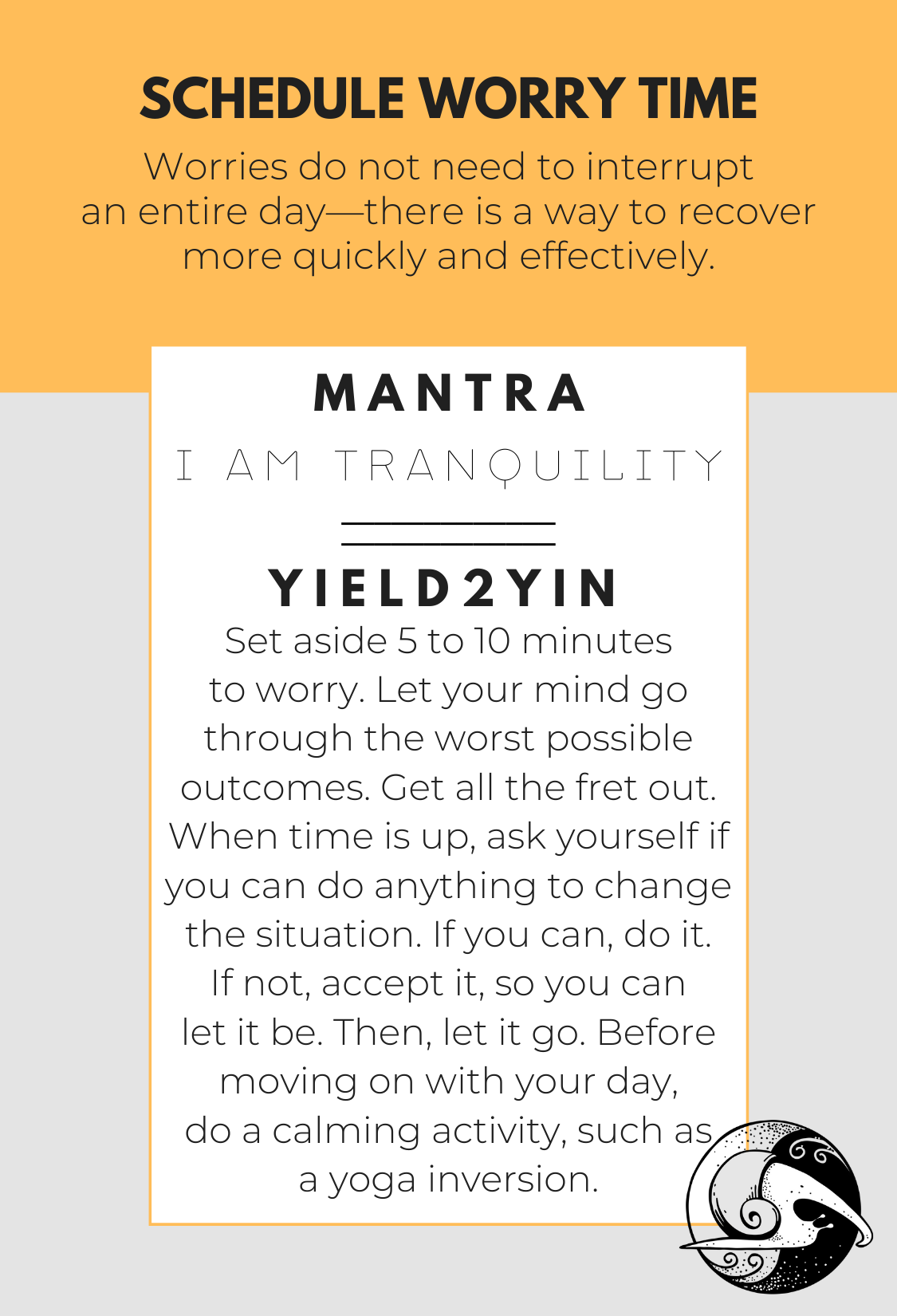In my last blog “7 Positive Parenting Skills,” I shared a few skills that not only help teach and guide children, but that do so in a way that preserves and strengthens the parent-child bond. Both parent and child are viewed as holistic beings – with valued minds, bodies, and spirits.
I’m back with 6 more!
All of these gentle skills can be adapted for different parenting stages. A 17-month-old and a 17-year-old can both benefit from a parenting approach that includes, for instance, when/then statements and calming techniques.
For each positive parenting skill, you will learn its meaning and goal. I will also give you an example or two, so you can more easily understand how to use the 6 additional skills in your regular day-to-day life.
1. When/Then Statements
When/Then Definition
When you use a when/then statement with your child, you let them know the chronological and logical order in which things will happen based on the choices they make.
It is imperative that parents bring the reality of how things work outside in the big world into their family home: give your child a chance to learn that there are specific outcomes attached to some of the choices they make. Do so within the safety of your home. What better place to practice is there?
When/Then Examples
#1: Your child has not done any of their chores even though you reminded them several times earlier in the day. Now they ask you to drop them off at their best friend’s house where they have been invited for a playdate. You say: “Sure honey, when your bed is made and your legos and artwork are cleaned up, then I will gladly drive you to Charlie’s for your playdate.
#2: Your child says: “I’m thirsty” or “Mommy, can you get me my milk?” You say: “Of course, sweetie, when you ask me politely and use the magic word, then I will absolutely pour you a glass of milk.”
When/Then Goal
When/then statements teach your child to be both accountable and responsible. It also teaches them that if they don’t do the tasks that are theirs to do, there are consequences (read the “7 positive parenting skills” blog to learn about logical consequences!).
Your child is then the one having to deal with the consequences, so less falls on you, the parent (I know, let’s be real, still a good chunk of it falls on you – a child not doing their school homework is a perfect example for this one).
This parenting skill shows your child that when they do their job the way they are supposed to, then they typically earn a reward (even if it’s just a feel-good feeling for having a task checked off their to-do list).
Note: Some of the parents I used to coach would ask me how a when/then statement is different from manipulating, or even threatening, their child. I would explain that they are very different. I would use the parents themselves as an example and say: “If you don’t show up at work to do your job, you will not receive a paycheck.”
2. Worry Time
Worry Time Definition
Scheduling worry time is setting aside 15 to 20 minutes per day to focus on your worries. Ideally, “repeat every day” at the same time and not right before bedtime. Moving forward, every time you worry about something throughout the day, make a note of it. Then, when a worry pops up, remind yourself that you will be giving your multitude of worries your full attention during your scheduled worry time.
This is a great skill for parents to use regularly and a great skill to eventually teach your kids as they get old enough to understand.
Worry Time Example
For you: Each day you wake up early before the kids. You enjoy a cup of tea, maybe you journal or stretch or read. Then you allow yourself to worry about whatever is bothering you for 15 or 20 minutes. When time is up, worry is done. Do a calming or grounding activity before jumping into your morning routine. If a worry pops up later in the day, gently remind yourself you can worry about it tomorrow and let it be for now.
For them: As your child’s grown older, you notice they are worrying a lot about things out of their control (how they scored on tests and papers, if they’ll memorize their lines for the school play, if they’ll be chosen for the team, etc.), so you explain how you set a time aside for worrying and figure out a time in their day where they can try the same technique.
Worry Time Goal
By using this technique, you can limit the time frame (there is a beginning and an end) during which you worry since, really, worries are limitless. You can also be more productive about your worries – focus more on the worries that you can do something about as opposed to the ones that are out of your control (unproductive worries).
“A Simple But Effective Trick To Stop Worrying: Science Shows That You Can Contain Your Worries To 30 minutes Each Day” by Amy Morin.

For Sale on Amazon!
3. Compartmentalization
Compartmentalization Definition
Compartmentalization is mindfully and temporarily separating unpleasant thoughts and feelings by writing them down (or putting them in an imaginary container – this is called “containment”) to be read (or opened) later on during a time and in a space that allows you to process your worries safely.
Like worry time, this is a skill for parents that can also be taught to children at age-appropriate levels.
If you want to find out more about compartmentalization, I encourage you to read this blog post by Barton Goldsmith, Ph.D. “Putting Your Feelings Where They Belong – Compartmentalization Is Not Denial.”
Compartmentalization Example
For you: Your child is behind in her speech milestones and the pediatrician is sending her in for an evaluation for early intervention. Your worry about this consumes your days. Is it something I did wrong? Is this indicative of a larger issue? This non-stop worry is affecting your workday and even your time with your young daughter. You decide to visualize any type of container with a lid. You place that worry in that container and commit to not opening it back up until you obtain more information during the appointment next week.
For them: Your young teen is worried they bombed a math quiz. The test results won’t come in for a few days, and it’s all they can think about. Tonight is your other child’s birthday dinner. You encourage your teen to imagine a container with a lid and to put that worry in the box so everyone (including them!) can enjoy a fun dinner together. They may or may not be able to make this work, but you can use this to practice healthy compartmentalization with them.
Compartmentalization Goal
Compartmentalization helps you put aside thoughts or feelings you cannot safely deal with in the moment. It teaches more effective time management and helps you stay focused, ideally on one task at a time, which leads to a more productive life – productive with “doing” activities, referring to our busy work, as well as with “being” activities, referring to mindfulness techniques.
4. Calming
Calming Definition
Calming techniques are skills used to help bring any person from a state of emotional dysregulation back to their emotional baseline, which is hopefully emotional balance. Not only can we teach our children skills they can use, but we can also show them the skills we use for ourselves.
Calming Example: Calming Pizza Pie
Grab a piece of paper and draw a circle with wedges – just like a pizza. In each wedge, place a calming activity that you have noticed helps your child regulate. If they are older, they can help you come up with these activities. Things like:
- Take a bubble bath
- Snuggle baby doll
- Play music
- Hug the dog
- Have a dance party
- Rock in the rocking chair
- Read a favorite book
- Blow bubbles
- Take a walk outside
Use pictures for children who can’t read yet and words for those who can. Put it on the fridge with a magnet for easy access.
The goal is to hopefully notice that dysregulation is about to happen, and use the Calming Pizza Pie before the downward spiral has a chance to take place. But don’t worry if you catch it too late (I know it can go from 0 to 10 in a matter of seconds!); there will be many more opportunities to try again. And even if you are “too late” and an epic meltdown does take place, still refer to the Calming Wheel as soon as you see your child coming out of their “feral state” (as I like to call it 😉).
Bonus: Make a Calming Pizza Pie for yourself too. Not only will you be exemplifying the ability to self-regulate for your child, but you also may find it’s a great reminder that helps you through the ups and downs of your daily life too. Here is a long list of calming ideas!

Calming Goal
Calming techniques teach self-regulation and coping skills, including self-soothing, which your child can keep with them throughout their entire life. Having the tools to deal with their every day stressors, such as knowing how to slow down their breathing or how to relax their muscles, will lead to improved overall health; better health for body, mind, and soul.
5. Recovery
Recovery Definition
Recovery is the time it takes to move from a dysregulated emotional state back to regulation. We want recovery time to be as short as possible. Once your children are back to baseline, this phase is done. We come alongside our children and support them through this process to teach them coping skills and to provide stability and connection.
Recovery Example
Your child is having a meltdown at your parent’s dinner table because they do not like what Grandma served for dinner. They want pasta instead. There is crying, pounding, and yelling. Instead of sending them to time-out where they have to figure out emotional regulation by themselves, you take them to a quiet spot in the living room just the two of you (time-in). If they want to hug, you can hug them. If they want to be alone, you can sit nearby and say you’re ready to talk or hug whenever they are. Let them take a few breaths. Perhaps it takes just a couple of minutes to return to baseline and you’re both ready to move on. Perhaps you need to visit the picture of their Calming Pizza Pie on your phone and it takes a little bit longer.
Don’t stretch out recovery time longer than it needs to be – no “6 minutes of time-in (or time-out, if the parent desperately needs to calm down themselves) to recover because they are 6 years old”; if your child is able to calm down within 2 minutes, then complete recovery after 2 minutes and move forward. You can then explain to them what their options are. If they are hungry, they can eat what Grandma made for dinner. If they are not hungry, they can just sit at the table with the family and talk about their day. You can validate them by asking if pasta sounds good for tomorrow night’s dinner.
Recovery Goal
We are seeing our child through dysregulation to regulation. This will help them learn how to do it on their own as they get older. By modeling quick recovery as opposed to dwelling on what happened during a relationship rupture, being stubborn about it, or holding grudges for long periods of time, our children learn to be more flexible, easy-going, and forgiving.
6. Repair
Repair Definition
Repair skills are all about fixing any tears in the relationship. Repair models how to apologize verbally and how to make amends with actions. This includes the important action of apologizing to your child when you are the one in the wrong.
Repair Examples
1: Your toddler won’t stop climbing up onto the dining room table while you’re trying to finish dinner… or your teenager keeps checking their phone at a restaurant even though they know the screen-free expectation – either way, you’re mad, at the end of your rope, and you yell. After taking a breath, you say “I’m really sorry for yelling at you” and give your toddler a big hug or squeeze your teenager’s hand across the table.
#2: One young child knocks down your other child’s block structure they’ve been working hard on. Not only do you model apologizing with words, but you also show them different ways to make amends. Maybe together you ask their sibling if they would prefer help putting away the fallen blocks or help rebuilding the fallen blocks.
Repair Goal
Repair skills show children how to make amends, take responsibility for their actions, and empathize with the feelings of others. It shows them that admitting wrongdoing isn’t scary or weak, but an important step in gaining other-awareness and building connection.
Yield2Yin
- Healing Card Deck: A Therapist’s Advice 55-Card Healing Deck by Sara Cloostermans
- Book Recommendation: Good Inside by Dr. Becky Kennedy
- Mantra: I AM SUPPORT // with diaphragmatic breathing
- Yin Yoga Asana: Shoelace Pose
This page includes Amazon Associate affiliate links. This means I may earn a small commission at no cost to you if you purchase a product I suggest, and for that reason, I only recommend products I believe in. Learn more HERE.







